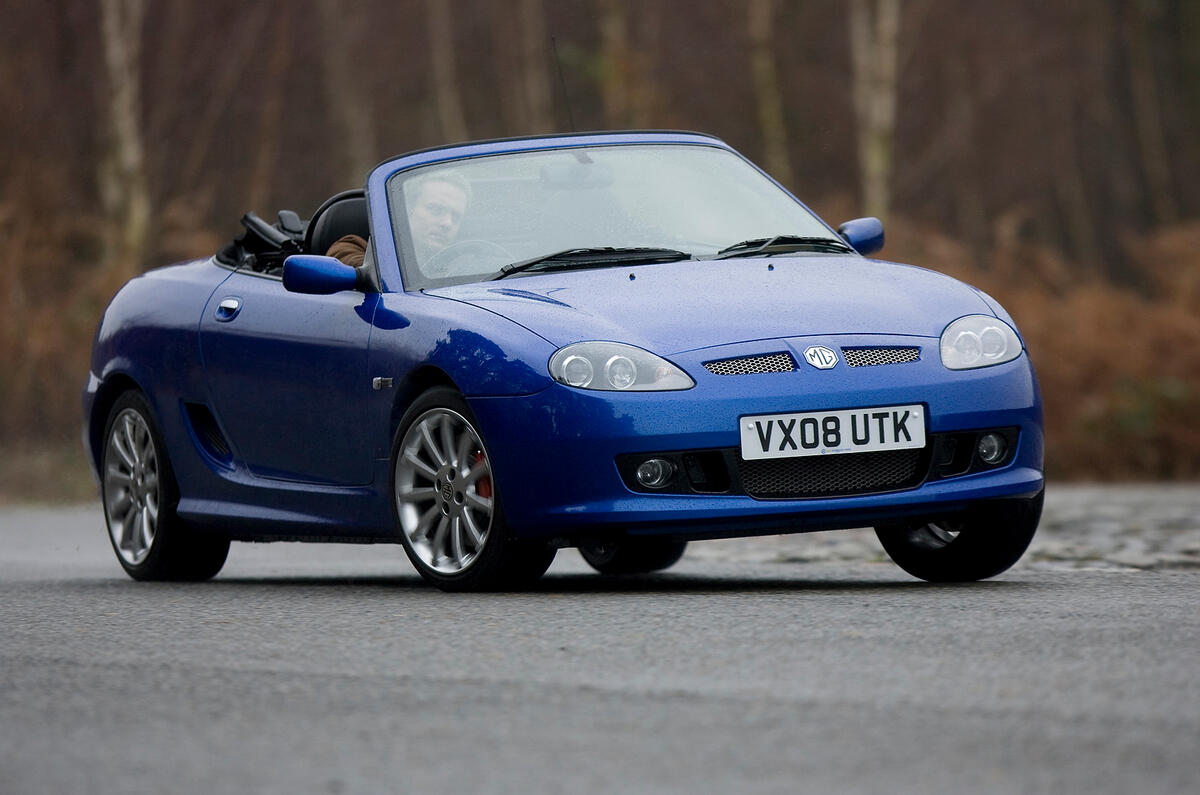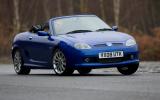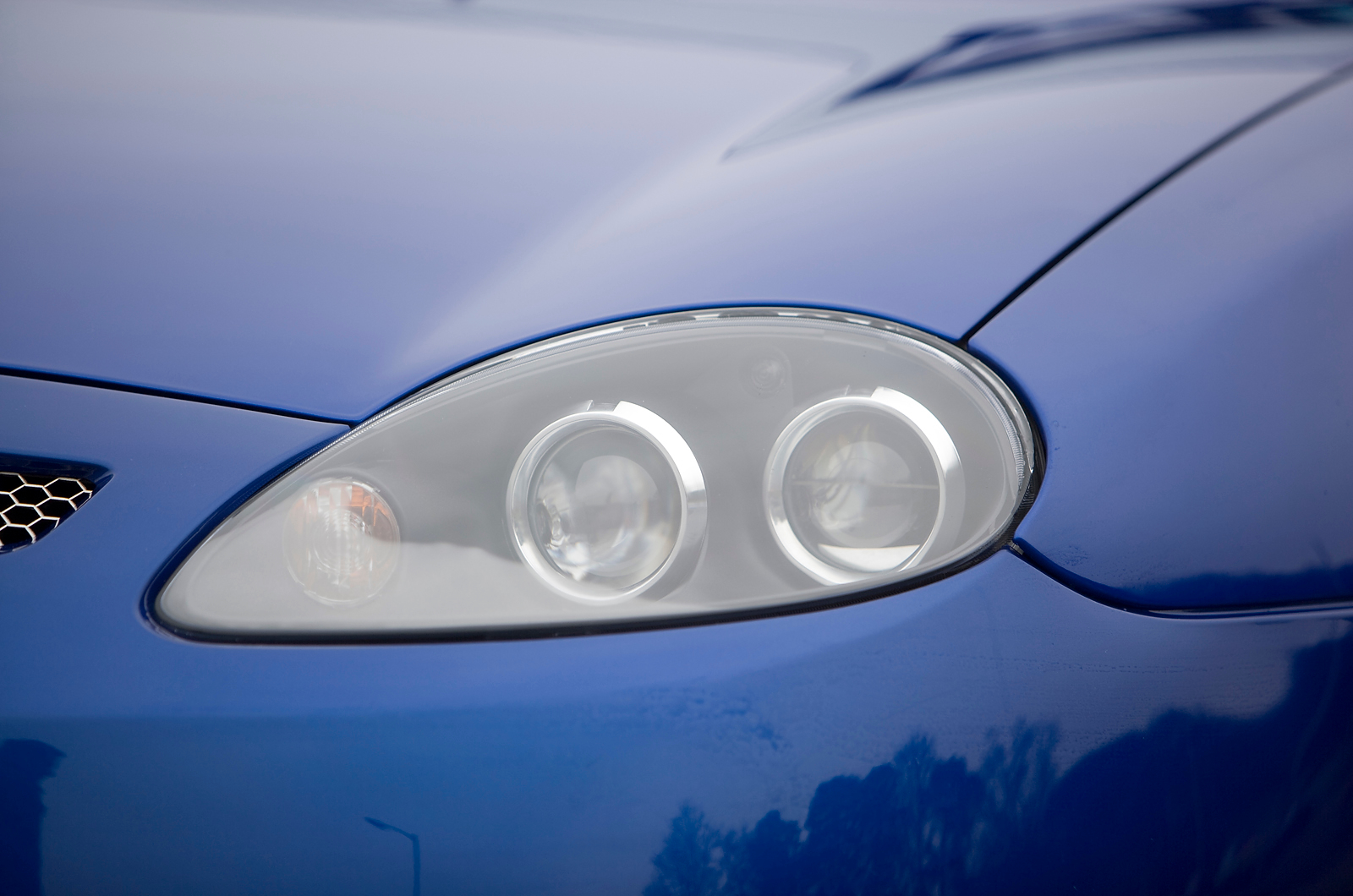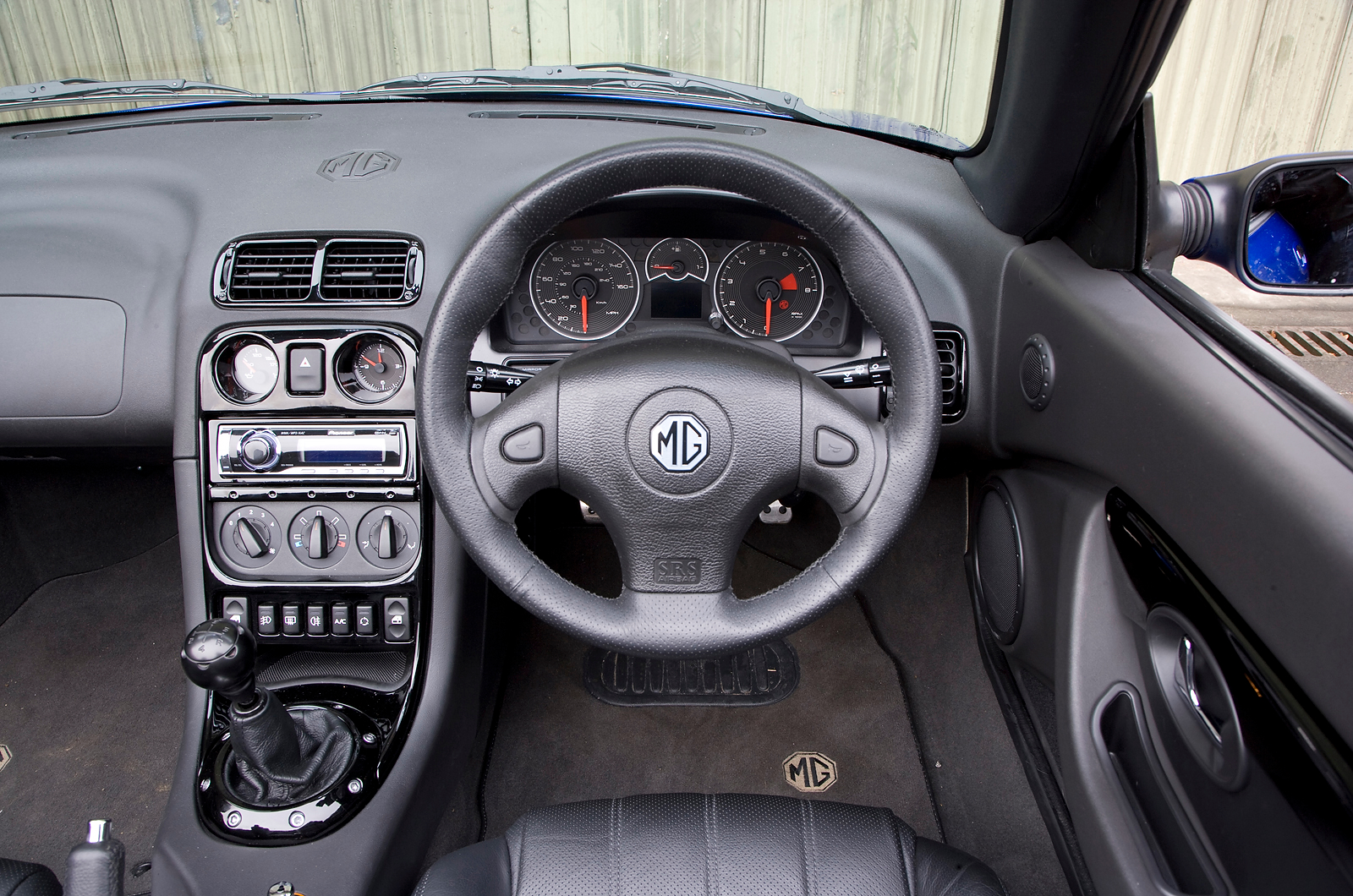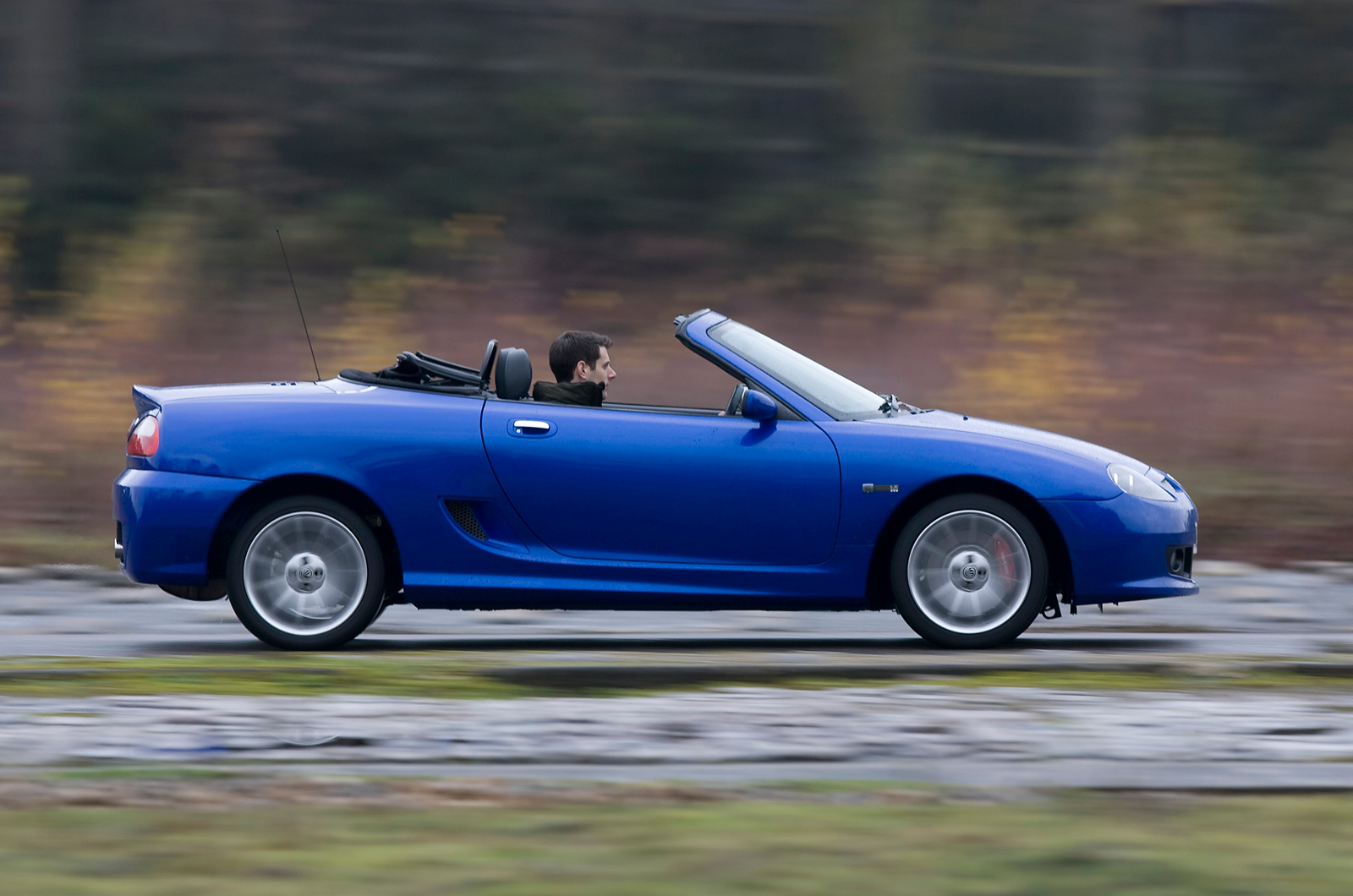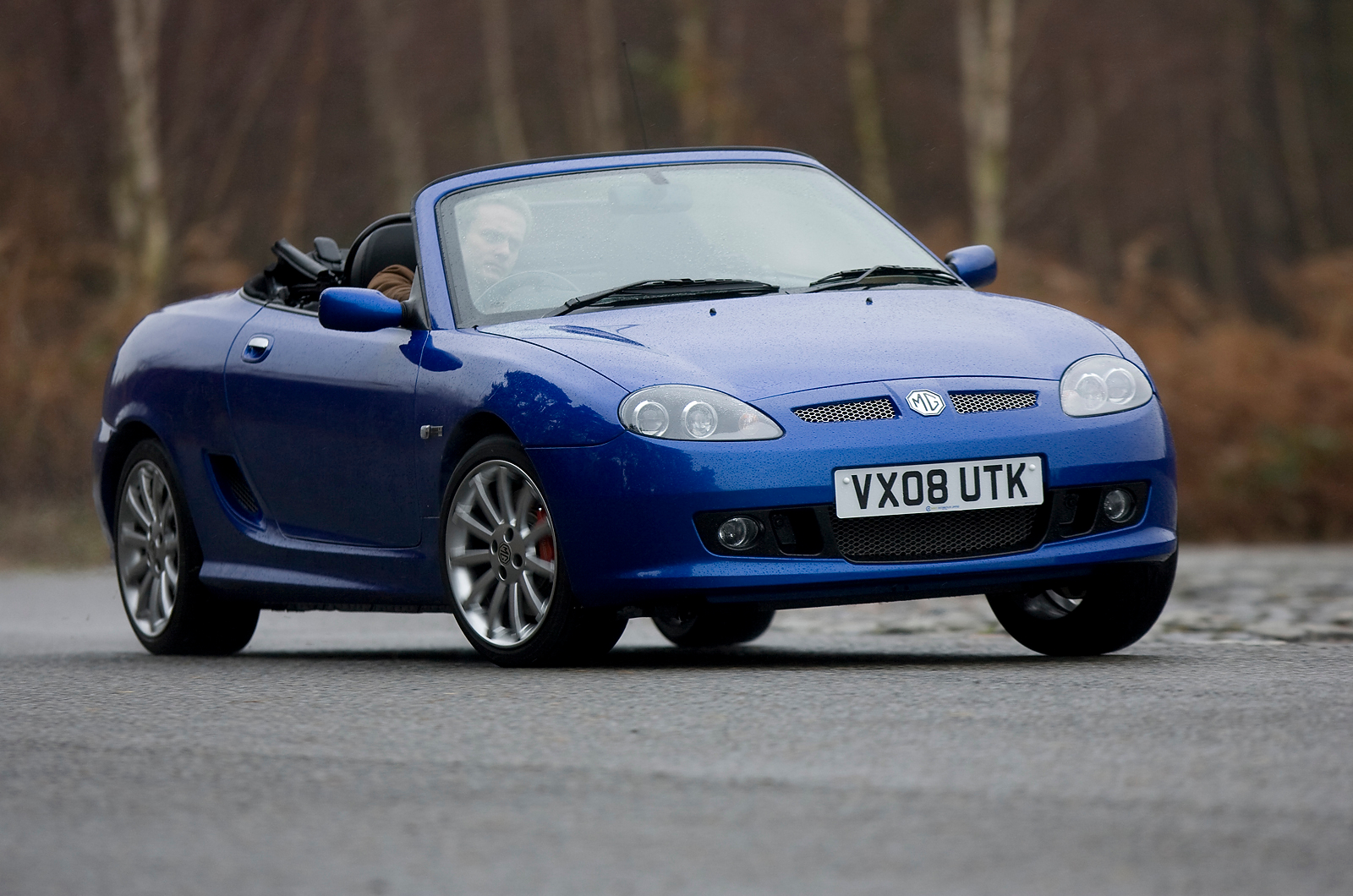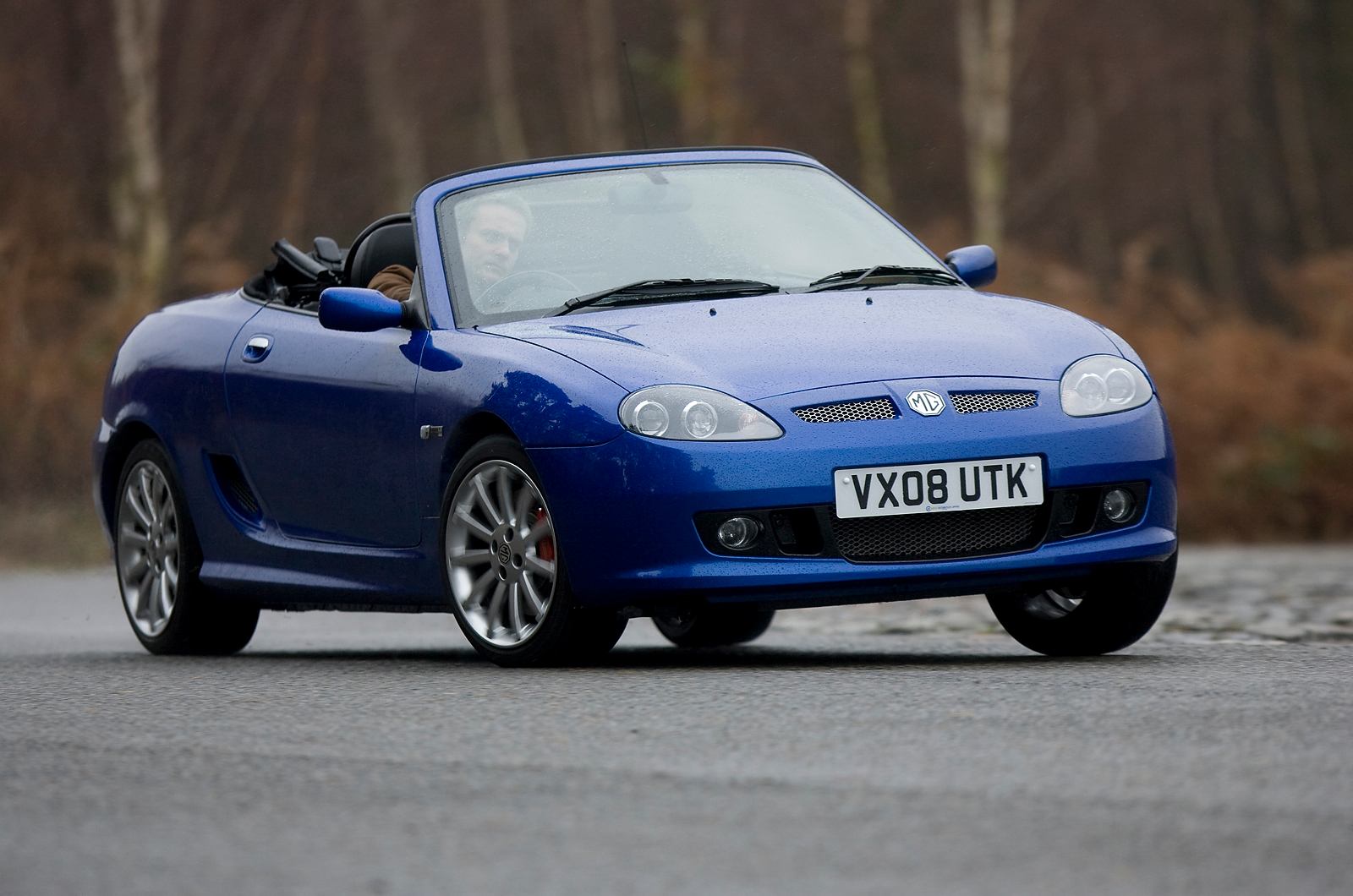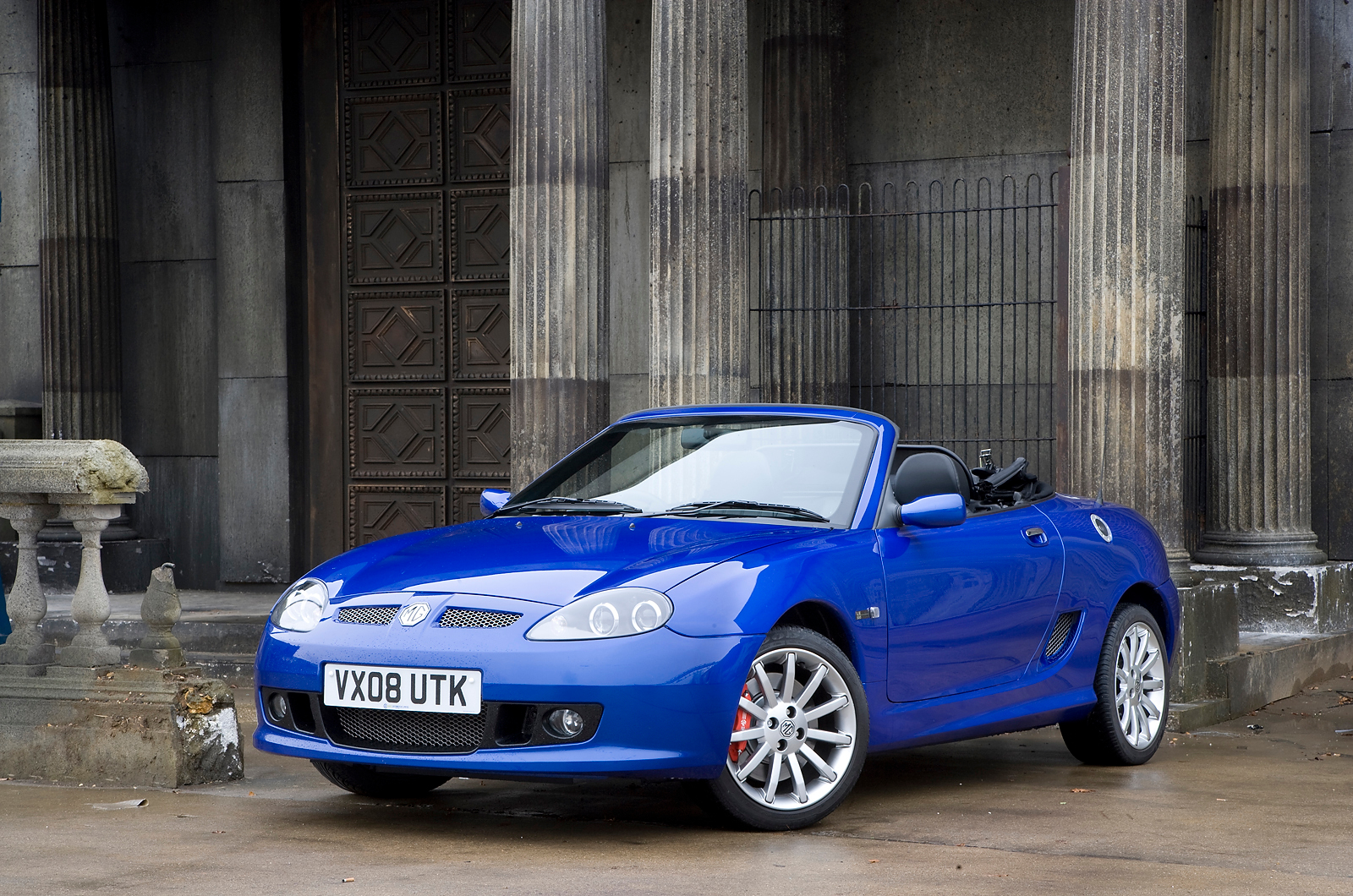When Rover’s Longbridge factory closed in 2005, it seemed like the end of an era. But since then, Chinese-owned MG Motors UK has reopened the production line. The TF was the first car to be made under the new regime, with the MG6 following a few years later.
The basic design of the TF can be traced back easily to the original MGF of 1999. The only big change since occurred in 2001 when the car was rebranded as the TF and the original hydragas rear suspension arrangement was replaced by conventional steel springs and the car received a more square-jawed look, compared to the MGF.
MG Motors launched its version of the TF with a limited run, the TF LE500, denoting a limited edition of 500 models.
Mechanically the car is all but identical to the non-VVC engined MG TF from 2005. There are minor styling alterations around the nose and inside the cabin, while the K-series engine’s notoriously fallible head gasket has been further uprated to prevent leaks.
Otherwise the MG TF is pretty much as you’d expect. It comes with two seats, an engine in the middle, air conditioning and it is priced to compete with the Mazda MX-5.



